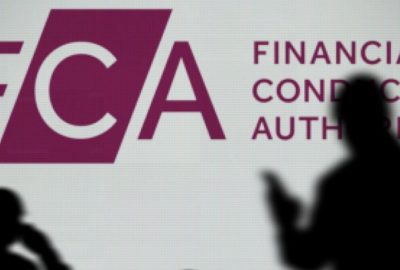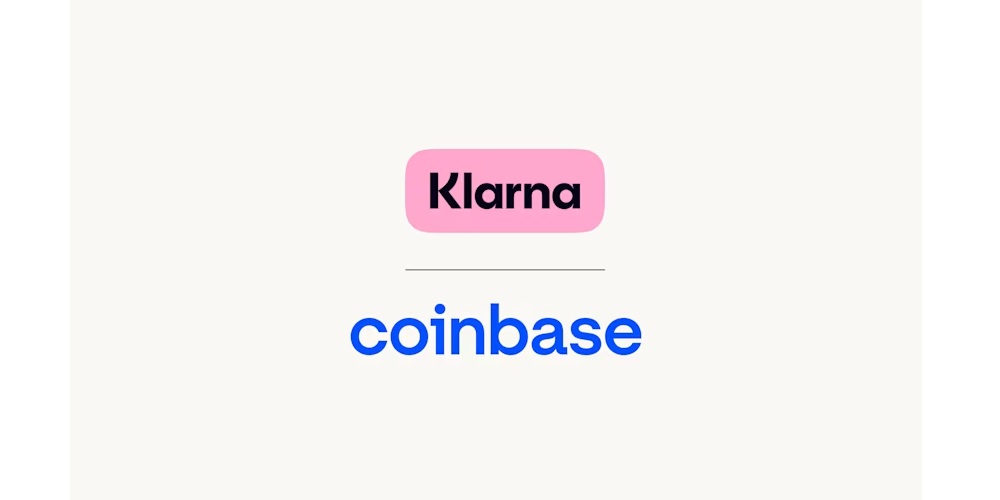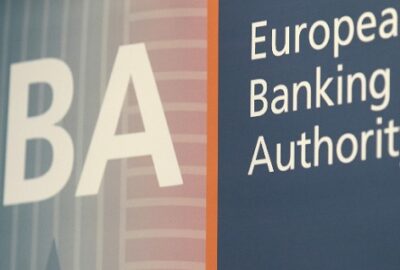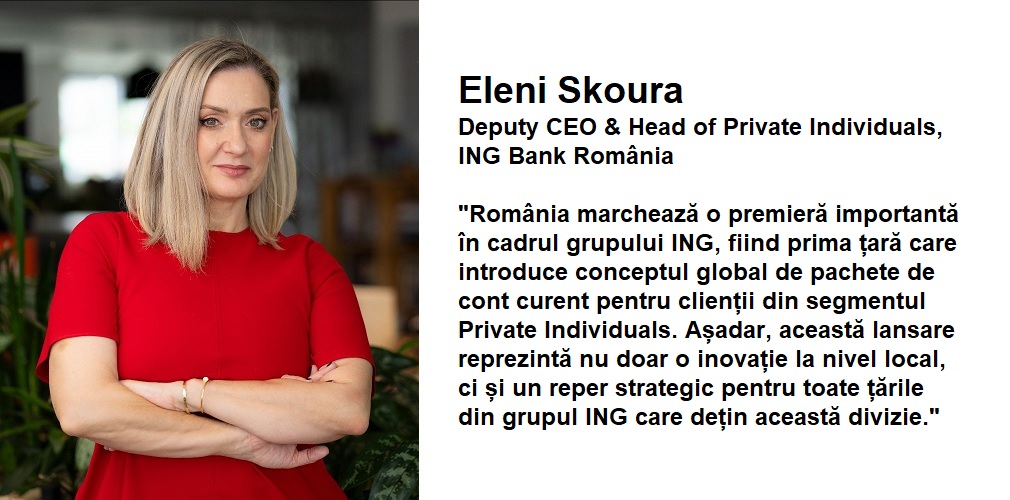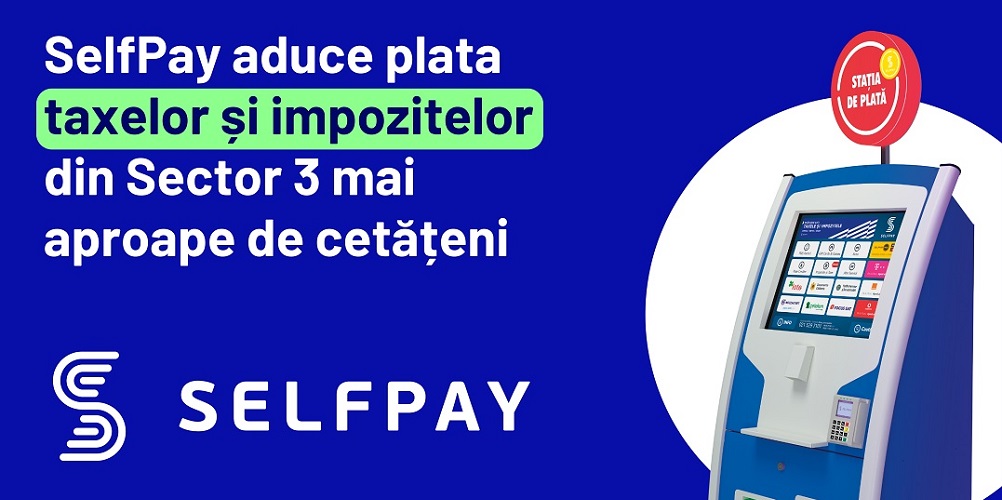An update on the implementation of the SEPA Instant Credit Transfer scheme – PSPs from five countries are expected to adhere by November 2017
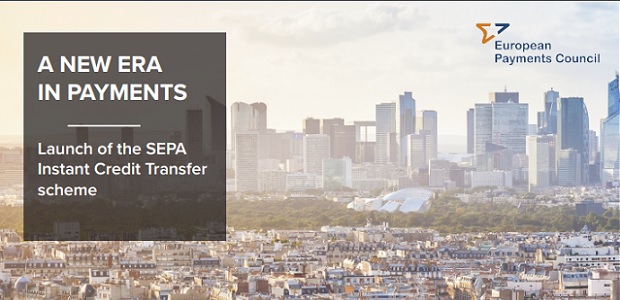
In less than five months, the EPC’s SEPA Instant Credit Transfer (SCT Inst) scheme will be operational. The implementation of this new and optional scheme – the exact starting date of which is 21 November 2017 – is a hot topic within the European payment community. It is also a challenging one, as the published the rulebook in November 2016, which left just one year for payment service providers (PSPs) to get ready.
At the EPC, we are convinced that the scheme will progressively change payments and their use as we know them. New use cases will appear on the market based on instant payments. The only grey area is the date at which the number of SCT Inst transactions becomes significant.
Under the SCT Inst blueprint, people will be able to transfer up to EUR 15,000 within 10 seconds, 24/7/365, across borders between accounts in any of 34 Sepa countries. PSPs willing to increase the amount limit and transaction speed can bilaterally or multilaterally agree to do so.
To shed some light on the implementation status of SCT Inst in Europe, European Payments Council interviewed Jean-Yves Jacquelin, who chairs the EPC Scheme Evolution and Maintenance Working Group, and who is also Senior Payments Expert at Erste Bank Vienna.
Question: How many PSPs are expected to be ready by November 2017, when SCT Inst goes live?
We regularly monitor the adherence plans of PSPs, which are still evolving. For the moment, PSPs from five countries are expected to adhere to SCT Inst by November 2017. These countries are Austria, Spain, Finland, Italy and Latvia. In addition, other countries will join SCT Inst in 2018, such as Germany, Portugal, Belgium, Sweden, and some PSPs from the Netherlands.
We will continue to closely monitor PSP plans, and we are confident that PSPs from other countries will adhere to SCT Inst in 2018 and 2019.
Overall, over 600 PSPs should propose SCT Inst services before the end of this November.
This is quite an encouraging figure considering the brief time PSPs had to upgrade their systems for real-time processing and 24/7 availability.
Question: From an infrastructure perspective, are the Clearing and Settlement Mechanisms (CSMs) ready for the scheme’s go-live date of 21 November?
Seven large CSMs have already confirmed they will be able to support SCT Inst transactions from November 2017 onwards. The list is available on the EPC website. We expect other CSMs to announce their compliance with SCT Inst in the coming months.
Question: What main challenges do PSPs face in the implementation of the SCT Inst scheme?
We have identified four types of challenges:
1. Technical obstacles
PSPs who wish to offer SCT Inst services have had only one year to prepare since the scheme was unveiled by the EPC in November 2016 with the publication of its rulebook. This is a very challenging timeline, considering that PSPs need to adapt their IT systems and ensure real-time processing and 24/7/365 availability in order to adhere to the SCT Inst. This is not an easy task and it requires time and investments.
2. Business case
Even if our society is increasingly mobile and fast, the initial request for this pan-European instant credit transfer scheme came from the Euro Retail Payments Board and not directly from the customers themselves. PSPs need to decide to adhere to SCT Inst, based on their vision and business case. Specifically, the scheme currently sets a limit of 15,000 euros per transaction. Though this parameter is not set in stone and might evolve further after November 2018, it might initially limit the relevance of the scheme for corporate customers.
3. Risk management
One of the concerns PSPs often share with us is that SCT Inst transactions would be highly attractive for fraud and money laundering. PSPs have to adapt their systems to prevent these risks, while still respecting the target of ensuring that each SCT Inst transaction takes just ten seconds. This is quite challenging.
4. Uncertainties in the CSM space
There will be no lack of infrastructure on offer for PSPs willing to propose SCT Inst services. However, PSPs are worried they might have to participate in more than one clearing solution to ensure full reachability. As yet there is no guarantee of concrete interoperability between the different CSM solutions.
Question: In your opinion, when will SCT Inst really take off at level?
The SEPA Regulation ((EU) No 260/2012 Art 4(b)) stipulates that any new credit transfer (or direct debit) scheme must reach a majority of PSPs within a majority of Member States which constitutes a majority of PSPs within the Union, after three years. I think SCT Inst will easily reach that target, and I suggest a more challenging goal.
I imagine a kind of 5/50 rule: five years after implementation, fifty percent of the SEPA credit transfer transactions should be processed under the SCT Inst scheme. In other words, by the end of 2022, fifty percent of all SEPA credit transfers would be instant. This would be a real success story. It is not impossible; it will depend on how PSPs are positioning the instant payments ‘products’ and the channels at the disposal of customers for making instant payments, which must be mobile, easy and fast. The next challenge I see is a real opportunity for cooperation between fintechs and PSPs to make SCT Inst a success story.
Source: European Payments Council
Dariusz Mazurkiewicz – CEO at BLIK Polish Payment Standard
Banking 4.0 – „how was the experience for you”
„To be honest I think that Sinaia, your conference, is much better then Davos.”
Many more interesting quotes in the video below:
